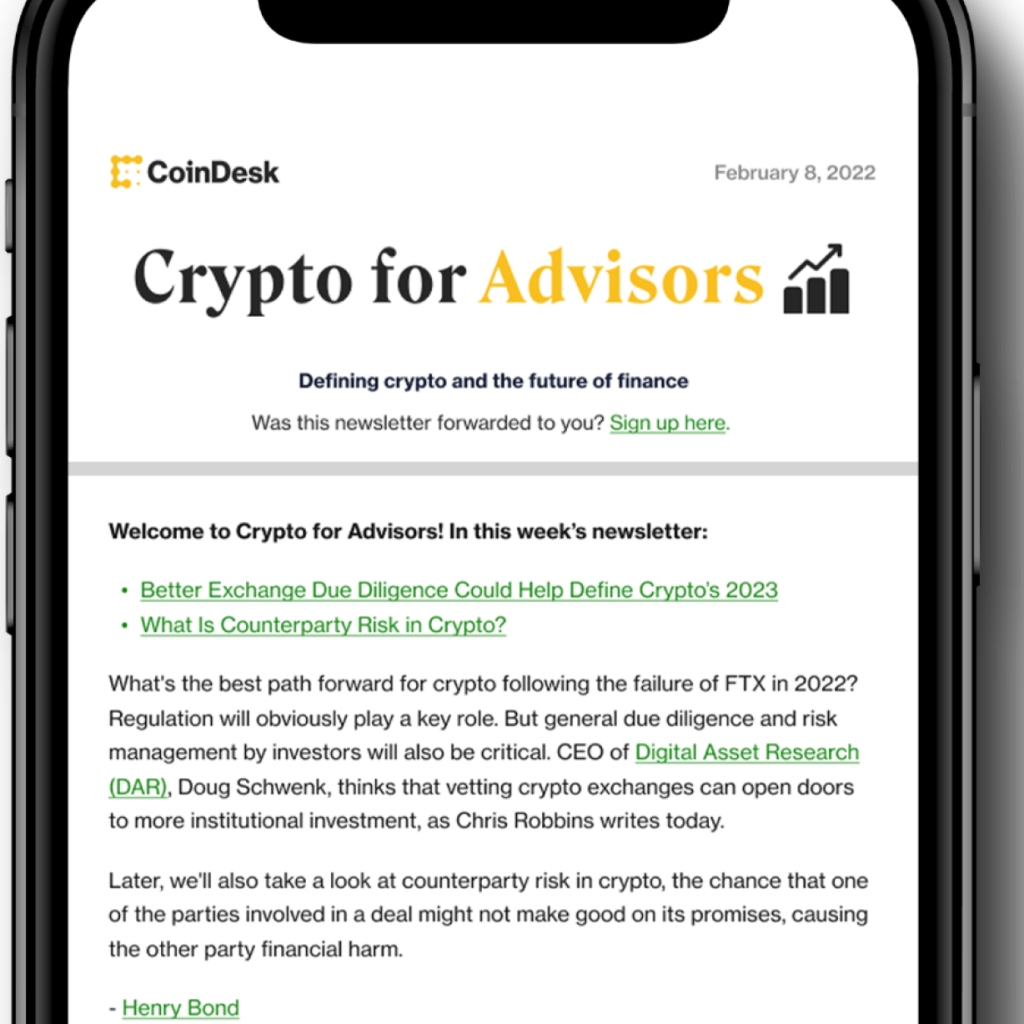The recent exploit on Curve Finance has given rise to one of the largest Maximal Extractable Value (MEV) reward blocks ever witnessed in Ethereum’s history. On July 31, Ethereum core developer “eric.eth” reported that the exploit of Curve Finance stable pools on July 30 led to a surge in MEV reward blocks, generating significant profits for certain participants.
MEV, in the context of Ethereum, refers to the potential revenue that can be extracted from reordering or inserting transactions in a block to create arbitrage opportunities. MEV bots are designed to capitalize on such opportunities, often by front-running transactions to gain an advantage. These bots may also anticipate pending liquidation transactions and execute them preemptively, allowing them to acquire assets at discounted prices.
The process involves a validator proposing a block that outsources its production to entities specialized in extracting MEV. These entities, in return for the service, share a portion of the revenue with the MEV bots, leading to a so-called “block reward.”
Notably, one of the recent MEV reward blocks recorded an astonishing 584.05 ETH, valued at approximately $1 million. This massive reward block occurred around 12 hours ago, making it one of the most substantial MEV rewards observed. Additionally, there were other noteworthy block rewards of 345 ETH and 247 ETH over the past few hours, showcasing the immense potential for revenue extraction through these means.
Ethereum MEV rewards
However, the emergence of large MEV rewards has sparked moral questions and ethical concerns among the community. Some argue that these rewards may involve the use of illicit funds, raising doubts about the legitimacy of the earnings for participants. The implications of validators accepting payments to facilitate front-running transactions, especially those stemming from hacks and other questionable sources, have come under scrutiny.
In a related event from April, a trading bot inspired by the Subway meme made millions in extractable value through “sandwich attacks” during the memecoin trading frenzy. This highlighted the profitability of MEV strategies and how they can be employed in various market conditions.
The MEV phenomenon continues to be a subject of interest and debate within the Ethereum ecosystem. While it offers lucrative opportunities for participants, concerns about its ethical implications persist. As the DeFi space evolves, it becomes crucial for developers, validators, and users to address these moral questions and strive for fair and transparent practices in the extraction of value from the blockchain. Collaborative efforts and continuous dialogue may ultimately lead to better governance and frameworks that ensure the sustainability and integrity of the DeFi landscape.





